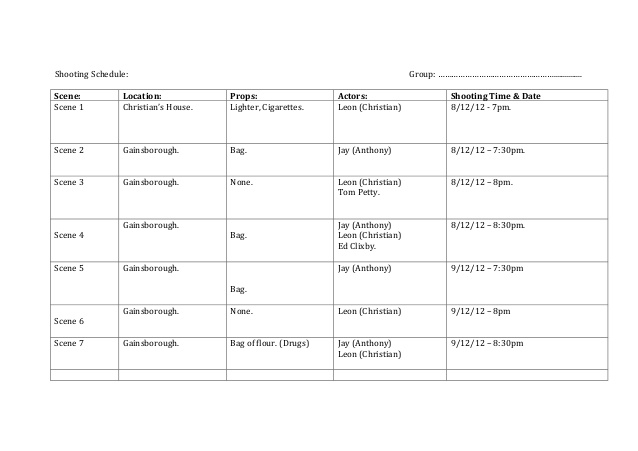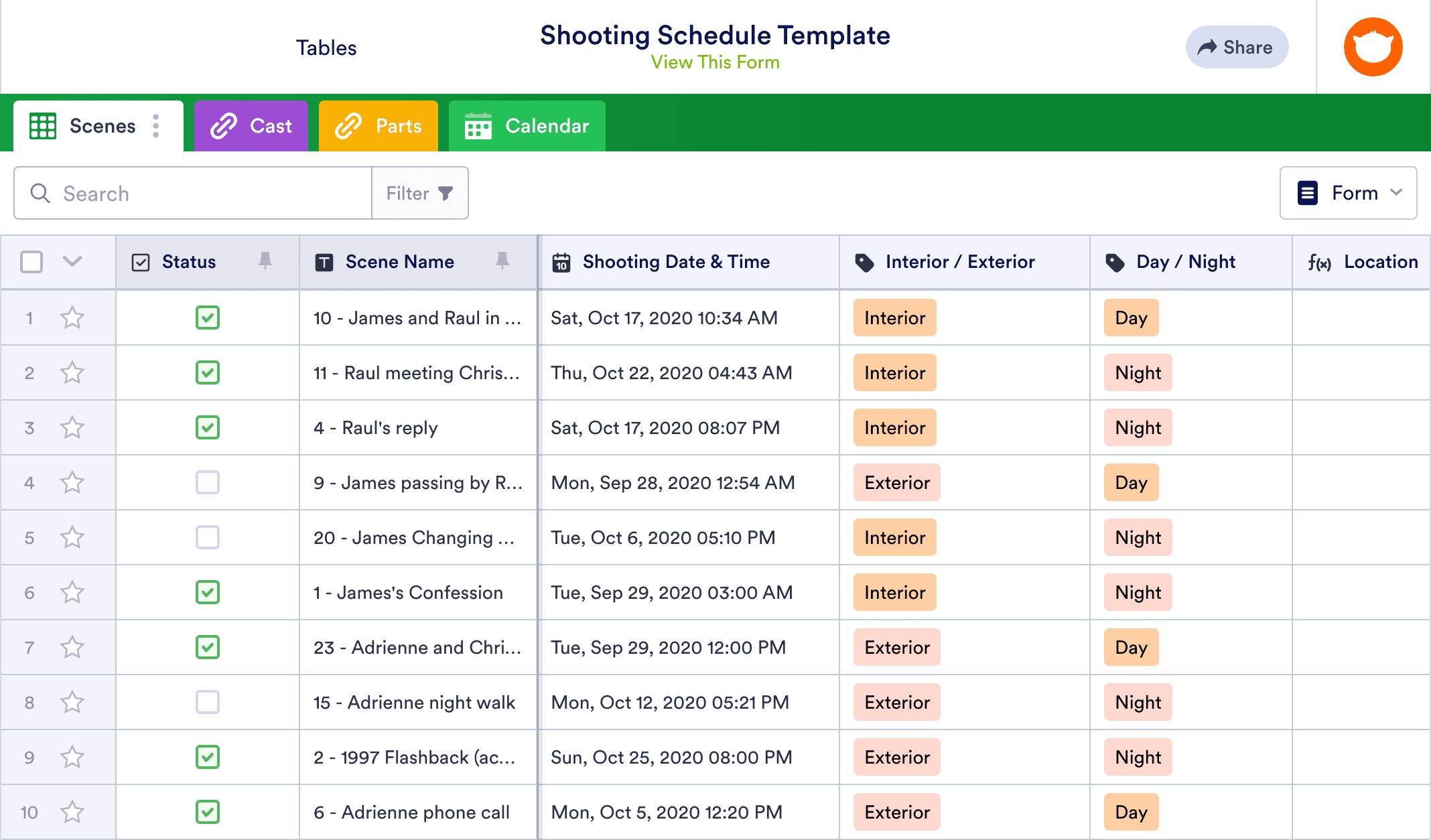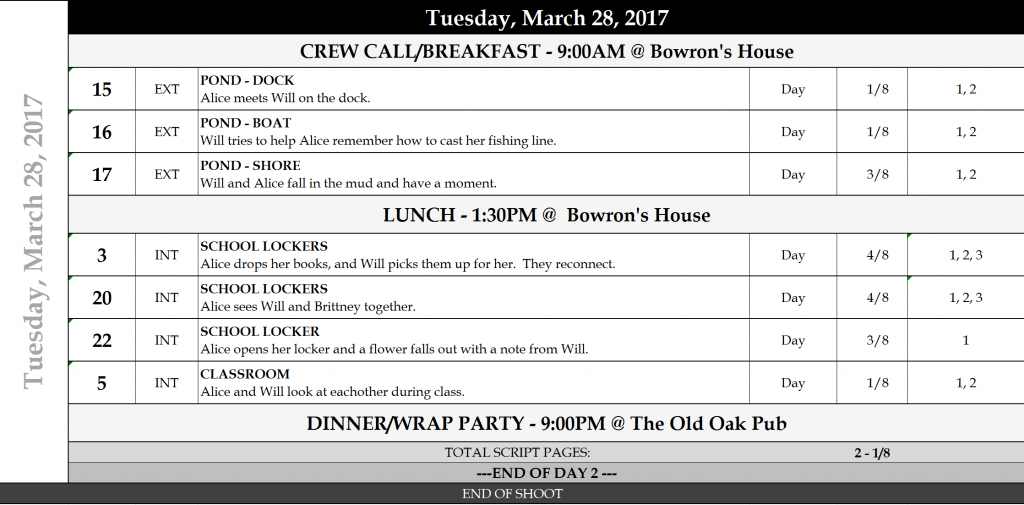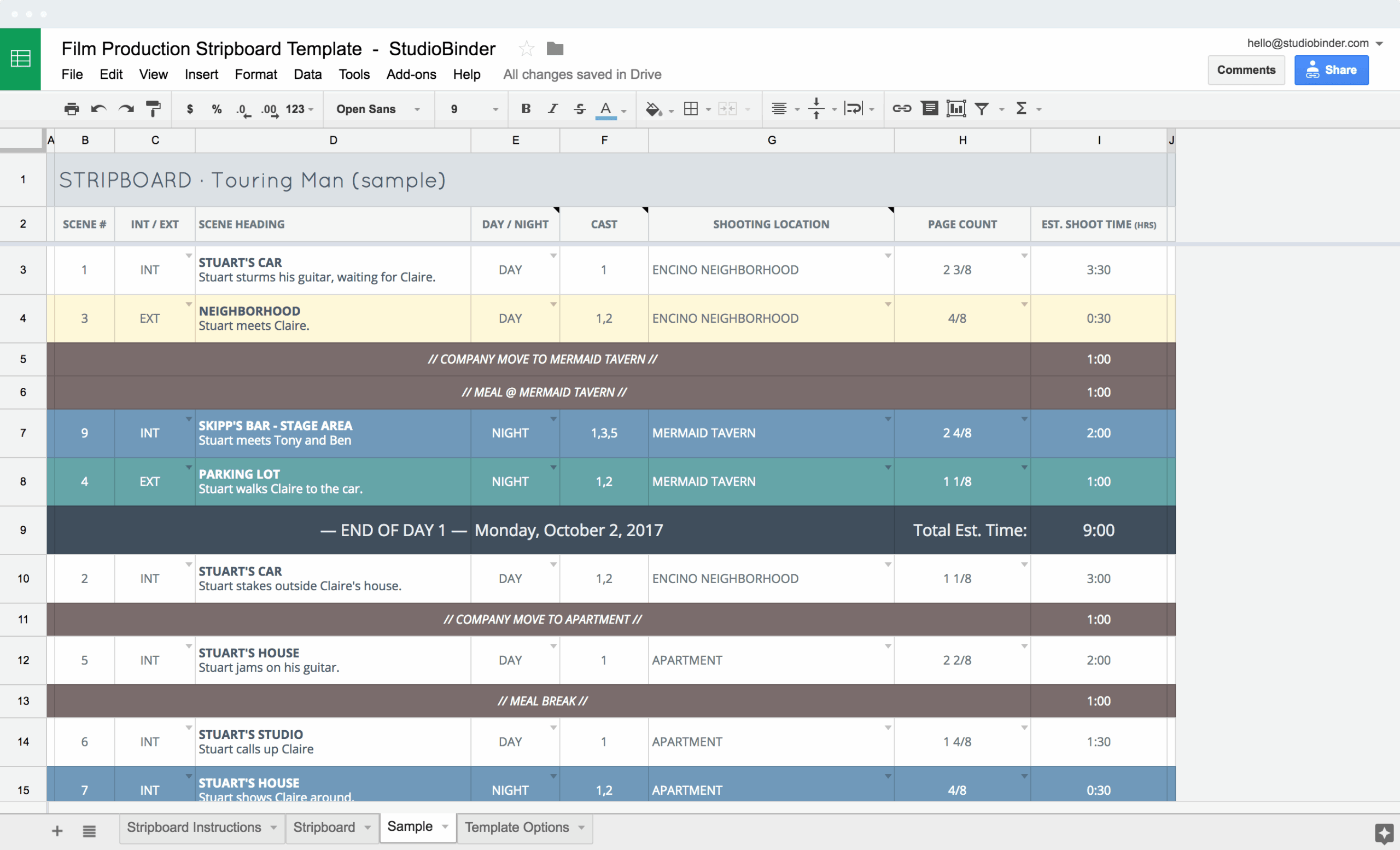
Are you a filmmaker looking to organize your upcoming project efficiently? Look no further than a filming schedule! Creating a detailed schedule can help you stay on track, ensure that you capture all necessary shots, and make the most of your time on set.
In this guide, we will delve into the what, why, and how of using a filming schedule to streamline your production process.
What is a Filming Schedule?
A filming schedule is a detailed document that outlines all the scenes, shots, locations, actors, crew members, and equipment needed for a film production. It serves as a roadmap for the entire project, allowing everyone involved to stay organized and on the same page. By breaking down the filming process into manageable chunks, a filming schedule helps ensure that no essential elements are overlooked and that the production runs smoothly.
Creating a filming schedule involves listing all the scenes in the script, determining the required shots for each scene, scheduling specific dates and times for filming, and assigning tasks to crew members and actors. The schedule should also include details such as location addresses, equipment needed, and any special requirements for each shot.
Why Use a Filming Schedule?
A filming schedule offers numerous benefits for filmmakers, including:
1. Organization: A filming schedule helps keep everyone on the same page and ensures that all essential tasks are completed on time.
2. Efficiency: By planning out the entire production process in advance, filmmakers can make the most of their time on set and avoid unnecessary delays.
3. Resource Management: A detailed schedule allows filmmakers to allocate resources such as equipment, locations, and crew members effectively.
4. Communication: A filming schedule serves as a communication tool, keeping everyone informed about the progress of the project and upcoming tasks.
5. Flexibility: While a schedule provides structure, it also allows for adjustments as needed, accommodating changes in the production process.
How to Create a Filming Schedule
Creating a filming schedule may seem like a daunting task, but with careful planning and attention to detail, you can streamline the process and set yourself up for success. Here are some steps to help you create an effective filming schedule:
1. Break Down the Script: Start by breaking down the script into individual scenes and shots. Identify all the elements needed for each shot, including actors, props, and locations.
2. Set Priorities: Determine the most critical scenes or shots that need to be filmed first and prioritize them in your schedule.
3. Create a Timeline: Assign specific dates and times for filming each scene, taking into account factors such as actor availability, location availability, and equipment requirements.
4. Assign Tasks: Clearly define the roles and responsibilities of each crew member and actor for each scene. Make sure everyone knows what is expected of them.
5. Include Buffer Time: Allow for extra time in your schedule to account for unexpected delays or changes.
6. Review and Revise: Regularly review your schedule and make adjustments as needed to ensure that everything stays on track.
Examples of Filming Schedules
To give you a better idea of what a filming schedule looks like, here are a few examples:




Tips for Successful Filming Schedules
To make the most of your filming schedule, consider the following tips:
– Stay Flexible: While it’s essential to stick to your schedule, be prepared to make adjustments as needed.
– Communicate Clearly: Ensure that everyone involved in the production understands the schedule and their role in executing it.
– Include Breaks: Allow for breaks in your schedule to give cast and crew members time to rest and recharge.
– Be Realistic: Avoid overloading your schedule with too many tasks in a single day. Allow for time to breathe and avoid burnout.
– Update Regularly: Keep your schedule up to date with any changes or new developments in the production process.
In conclusion, a filming schedule is a valuable tool for filmmakers looking to stay organized, efficient, and on track during production. By following the steps outlined in this guide and incorporating the tips provided, you can create a detailed schedule that sets you up for success.
So, grab your script, gather your team, and start planning your next film project with a filming schedule in hand!
Filming Schedule Template – Download